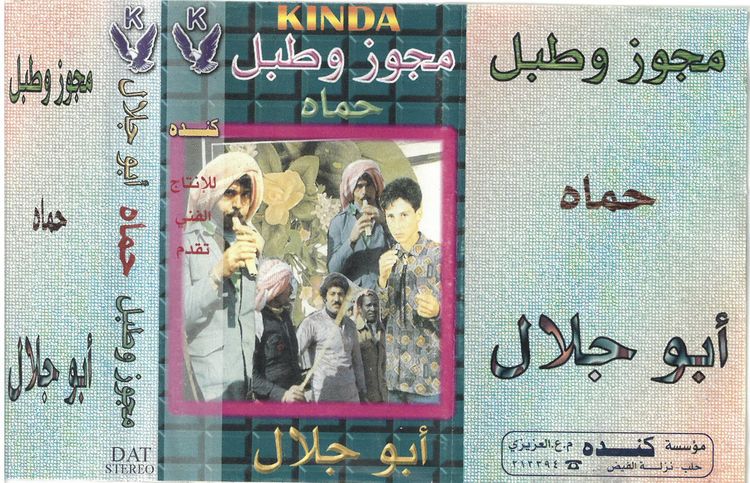Inside the Palestinian Sound Archive: preserving the audiovisual ...

After this meeting with Tariq, Mo’min’s collecting accelerated, he began attending numerous junk shops and secondhand markets in the West Bank, and spent “months and months” listening to his discoveries. “A lot of people thought it was funny but I knew these materials needed preserving,” says Mo’min. “Zionism has attempted to destroy our cultural identity, arresting and killing artists and preventing us from accessing our music, cinema, photography, painting and more.” Something that stood out to Mo’min, was the quality of the music he was encountering. “One thing about living under military colonial settler state is that there has been this urgency about communicating our struggle, our lives, our dreams and hopes, our pain and our joy, our loves and losses, through music and spoken word, through weddings and funerals,” and, he continues, “that’s kind of prevented a lot of trashy pop culture stuff from being released! We have had to think carefully about the messages we communicate. Every word, every note matters.”
Through this process, Mo’min has developed a few stylistic elements of covers that he’s particularly fond of – especially ones that offer subtle clues into the type of music – like when he comes across a cover with flowers on it. These, he tells us, are usually field recordings from Palestine, Syria and Iraq, unofficial releases which often result in a “raw”, and unique sound. “They’re one-offs that you can’t find elsewhere,” says Mo’min, “and the flower is the clue!” Others, he’s drawn to for their lasting iconography, like an Al Fajer album, which shows “a boy, alone with stones in his hand, standing off against the colonial army”. Or, the cover of a Farkit al Tareeq tape which features a young boy wearing a kuffiyeh – an image Mo’min always finds himself returning to.





































































